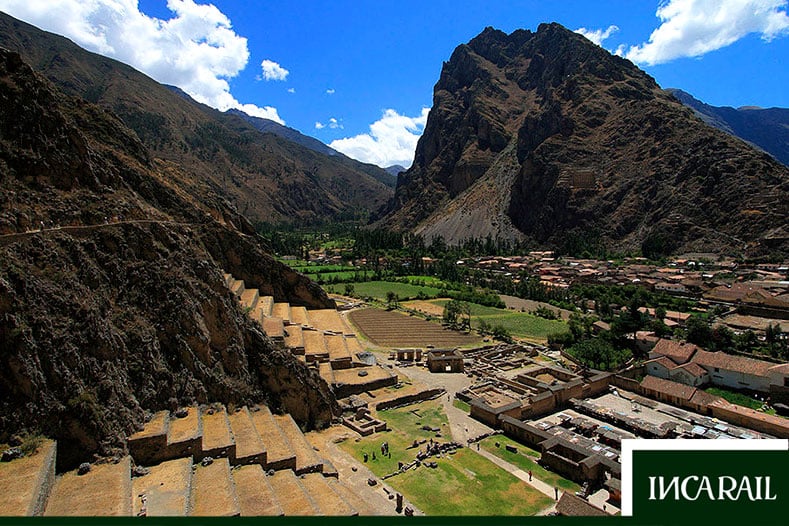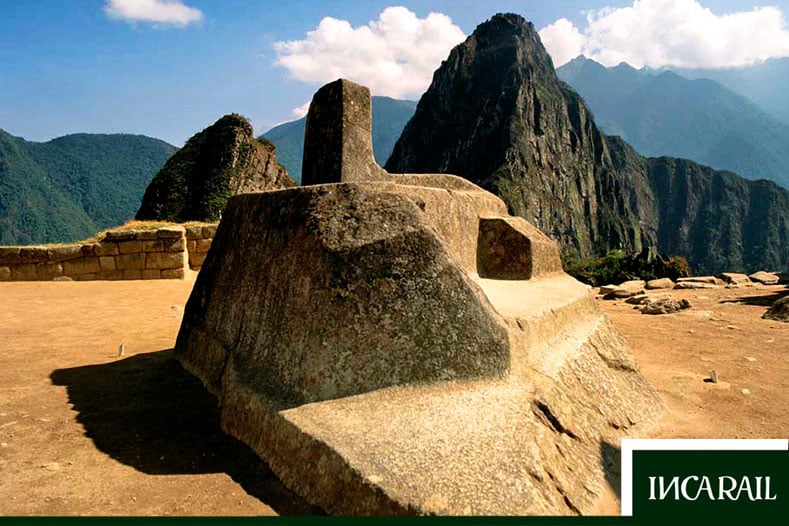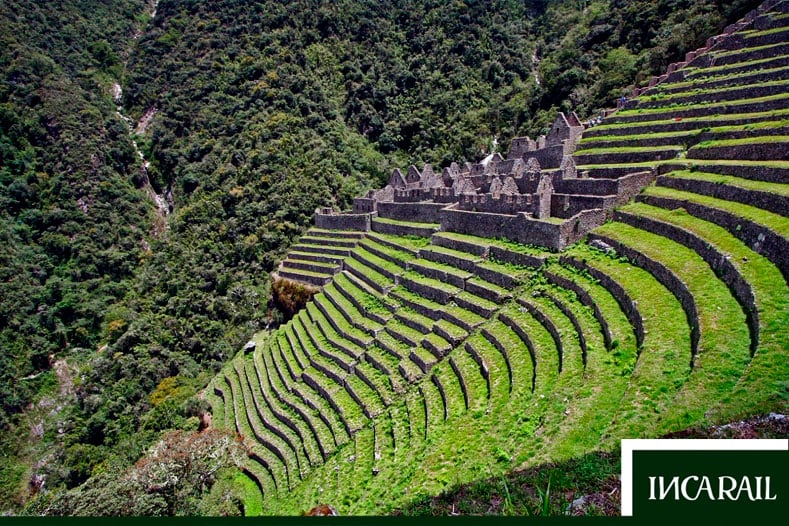If we talk about Ollantaytambo, the first thing that comes to our mind is the train station. But this district of Cusco has much more to see: its cobblestone streets still preserve Inca walls and roads. In addition, in this place, you will find one of the most important archaeological sites of the Inca empire: its incredible fortress.

History
During the Inca Pachacutec’s rule, the empire invaded, conquered and destroyed everything in Ollantaytambo. Using the typical Inca architecture, Pachacutec ordered the construction of a new town that became one of the most important bastions of the Tahuantinsuyo.
With the construction of the Ollantaytambo fortress, this place became the military, religious and agricultural center of the Inca empire. Thus, when the Spaniards arrived, with the Inca Manco Capac as the highest leader, the struggle for the invasion of this place began.
During the first years of the conquest, Manco Capac watched all the movements of the Sacred Valley from the fortress. Thus he could learn that the Spaniards were planning the arrival to this place and the Inca, who knew more about the nooks and crannies of the valley, managed to surprise and stop them. But Manco Capac decided to leave Ollantaytambo and take refuge in the forest of Vilcabamba, for greater security.
After the departure of the Inca, it was easier for the Spanish to conquer this place, which was in the hands of Hernando Pizarro in the year 1540.
What to visit
Nowadays, Ollantaytambo has no other function than to receive the visit of people from all over the world. Its great tourist attraction is due to its almost perfect conservation and because it is one of the few cities in which the Inca urban planning can still be observed.
Thus, the fortress has several points to visit:
The platforms: it’s the first thing you’ll see when you get to Ollantaytambo. The platforms of this fortress are located on the slope of the mountain and have a large size that allows to distinguish them from a great distance.
The Real Sun House: this sector, made up of 17 superimposed terraces, is surrounded by an impressive wall of six large stone blocks.
The Temple of the Sun: despite being almost totally destroyed, it remains one of the sectors that most surprises visitors. The monoliths that are still standing give an idea of the magnitude of this part of Ollantaytambo.
Inca Huatana or Intihuatana: the Incas built intihuatanas in many of their temples. It is a monolithic sculpture that had the function of a solar clock that, in the case of Ollantaytambo, was also used as an astronomical observatory. The intihuatana of Ollantaytambo is located above the Temple of the Sun, on the edge of the precipice.

The Monumental Cover and the Ten Hornacinas Enclosure: this platform, located in the last place of the upper group of terraces of the Real Sun House. During the conquest, it was demolished and nowadays only the foundations remain.
Ñusta Bath: the Incas had a great knowledge of hydraulic engineering. This is reflected in all its temples where water plays a very important role. In Ollantaytambo, the Ñusta Bath is the most important fountain, formed by a single granite stone.
How to get there
The district of Ollantaytambo is located 72 kilometers north of Cusco, in the eastern part of the Sacred Valley.
To get to this place you will have to take a bus to Cusco. In Pavitos street you will find taxis that charge around S/ 8 (like 3 dollars) and that take you to Ollantaytambo on a trip of two hours through the Sacred Valley.
The vast majority of people who arrive in Ollantaytambo do it for taking the train to Aguas Calientes or Machu Picchu Pueblo and, in many occasions, they do this just in time to get to the station.
We recommend you that if you are going to take the train in the morning, get to Ollantaytambo the day before, enjoy its streets and its ruins and sleep there. If instead, you take the train in the afternoon or evening, you can visit Ollantaytambo in the morning, while you make time for the departure of the train.
Price and schedules
The Ollantaytambo Fortress opens from Monday to Sunday from 7:00 a.m. to 6:00 p.m.
The entrance to this site is included in the Cusco Tourist Ticket, with which you can access to several tourist attractions in the city and its surroundings.
And after visiting the citadel, what better way to continue entering Inca territory than do it on a train? In Inca Rail, we have several options that will take you to Machu Picchu with a high-quality service. If you want to know the trains and schedules or purchase your seat, do it through our website www.incarail.com













